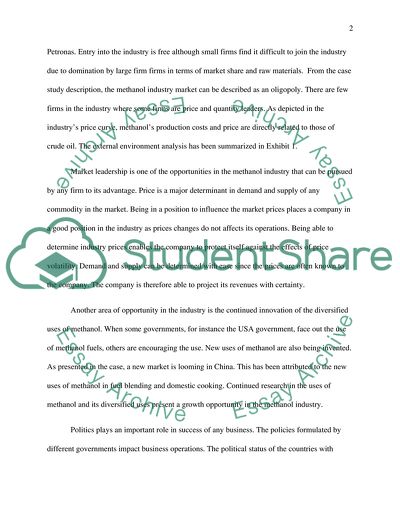Cite this document
(“CASE ANALYSIS Methanex:Developing strategy in a commodity industry Study”, n.d.)
Retrieved from https://studentshare.org/finance-accounting/1652557-case-analysis-methanexdeveloping-strategy-in-a-commodity-industry
Retrieved from https://studentshare.org/finance-accounting/1652557-case-analysis-methanexdeveloping-strategy-in-a-commodity-industry
(CASE ANALYSIS Methanex:Developing Strategy in a Commodity Industry Study)
https://studentshare.org/finance-accounting/1652557-case-analysis-methanexdeveloping-strategy-in-a-commodity-industry.
https://studentshare.org/finance-accounting/1652557-case-analysis-methanexdeveloping-strategy-in-a-commodity-industry.
“CASE ANALYSIS Methanex:Developing Strategy in a Commodity Industry Study”, n.d. https://studentshare.org/finance-accounting/1652557-case-analysis-methanexdeveloping-strategy-in-a-commodity-industry.


